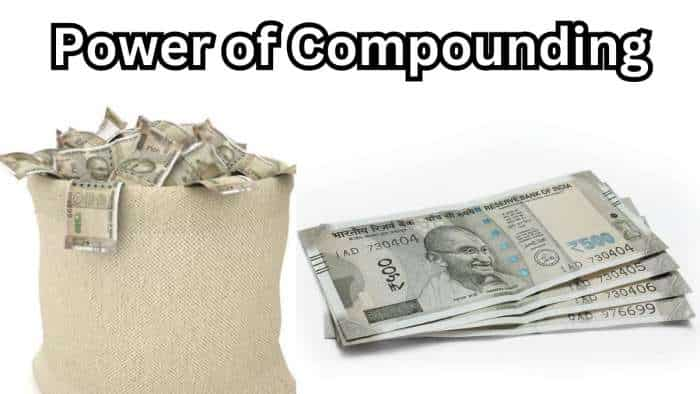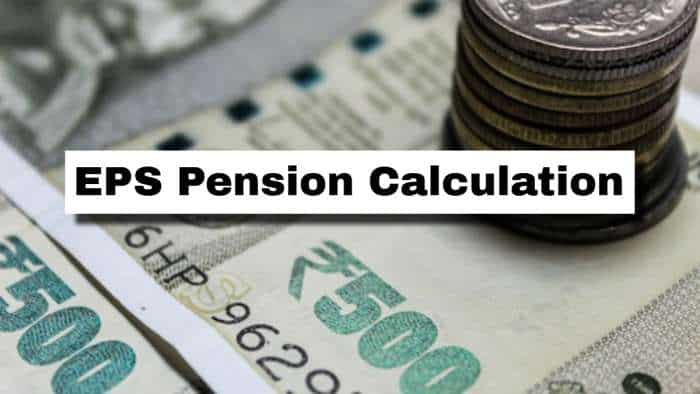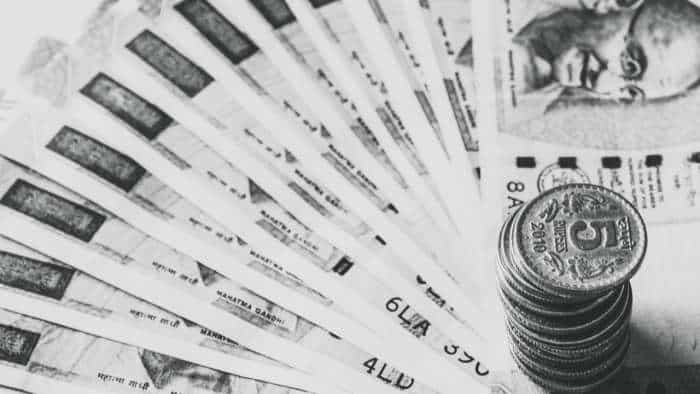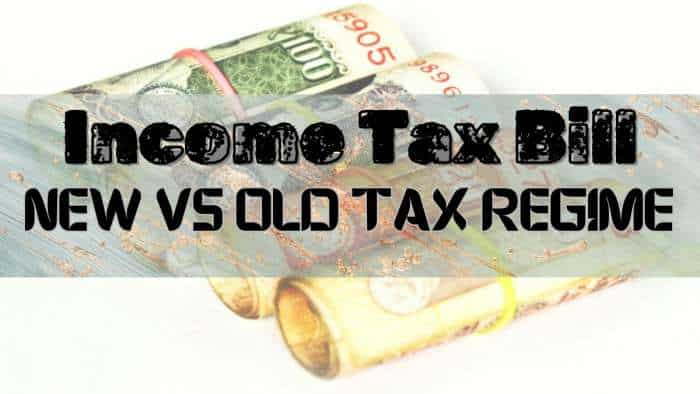REVEALED! Are currency notes carriers of coronavirus? Here is what RBI says
In a major development, the RBI affirmed the possibility of currency notes as potential carriers of novel coronavirus and demanded government incentives for digital payments, as per the Confederation of All India Traders (CAIT).

In a major development, the RBI affirmed the possibility of currency notes as potential carriers of novel coronavirus and demanded government incentives for digital payments, as per the Confederation of All India Traders (CAIT).
The development comes after CAIT wrote a letter to Union Finance Minister Nirmala Sithraman on March 9, 2020 seeking clarification whether or not currency notes are carriers of bacteria and viruses. However, the letter was forwarded to the Reserve Bank of India, which replied to CAIT and hinted that currency notes could be carriers of bacteria and viruses, including coronavirus, and therefore more and more usage of digital payments should be done to avoid handling of currency, the confederation said in a statement, as per a report in IANS.
According to CAIT National President BC Bhartia and Secretary General Praveen Khandelwal, the RBI's reply indicates that the currency notes do carry viruses and bacteria and, therefore, the maximum use of digital payments to avoid handling of currency notes was advised by them. Furthermore, the CAIT urged Sithraman to introduce an 'incentive' scheme for acceptance and adoption of digital payments.
"Bank charges levied for digital transactions should be waived and the government should give subsidy directly to the banks in lieu of bank charges," the statement said. "In due course, such subsidy will not be a financial burden on the government; on the other hand, it will minimise the expenses incurred on printing of bank notes."
The RBI further stated that "in order to limit the coronavirus pandemic, the public can make payments by sitting at homes through various online digital channels like mobile and Internet banking, credit and debit cards etc and avoid using or withdrawing cash to the extent possible".
In addition, the CAIT pointed out that the RBI in its annual report released on August 29, 2019 had mentioned that "the value and volume of notes in circulation increased by 17 per cent and 6.2 per cent to Rs 21,109 billion and 108,759 million pieces respectively during 2018-19".
"In value terms, the share of Rs 500 and Rs 2,000 notes, which had together accounted for 80.2 per cent of the total value of notes in circulation at the end of March 2018 had increased to 82.2 per cent by the end of March 2019."
Get Latest Business News, Stock Market Updates and Videos; Check your tax outgo through Income Tax Calculator and save money through our Personal Finance coverage. Check Business Breaking News Live on Zee Business Twitter and Facebook. Subscribe on YouTube.
RECOMMENDED STORIES

Power of Compounding: How long it will take to build Rs 8 crore corpus with Rs 7,000, Rs 11,000 and Rs 16,000 monthly investments

EPS Pension Calculation: Estimate your monthly pension with Rs 35,000 salary, 25 years of service & age 33

8th Pay Commission: Can basic pension cross Rs 3 lakh mark in new pay commission? See calculations to know its possibility?

Senior Citizen FD Rates: Which bank offers you highest return on Rs 1 lakh deposit in 1-, 3-, and 5-year schemes? Check calculations

Monthly Salary Calculations: Is your basic salary Rs 24,500, Rs 53,000, or Rs 81,100? Know how much total salary central government employees may get
04:30 PM IST








 Are you a New India Co-operative Bank customer? Here's what you need to do to recover claim up to Rs 5 lakh
Are you a New India Co-operative Bank customer? Here's what you need to do to recover claim up to Rs 5 lakh  Fund misappropriation led to RBI action on New India Co-operative Bank
Fund misappropriation led to RBI action on New India Co-operative Bank  20 NBFCs surrender registration certificates to RBI
20 NBFCs surrender registration certificates to RBI RBI supersedes board of this co-operative bank after cancelling licence; what will happen to depositors' money now? Check details
RBI supersedes board of this co-operative bank after cancelling licence; what will happen to depositors' money now? Check details RBI Restrictions: Account holders agitated as RBI suspends withdrawals for 6 months to protect customers
RBI Restrictions: Account holders agitated as RBI suspends withdrawals for 6 months to protect customers